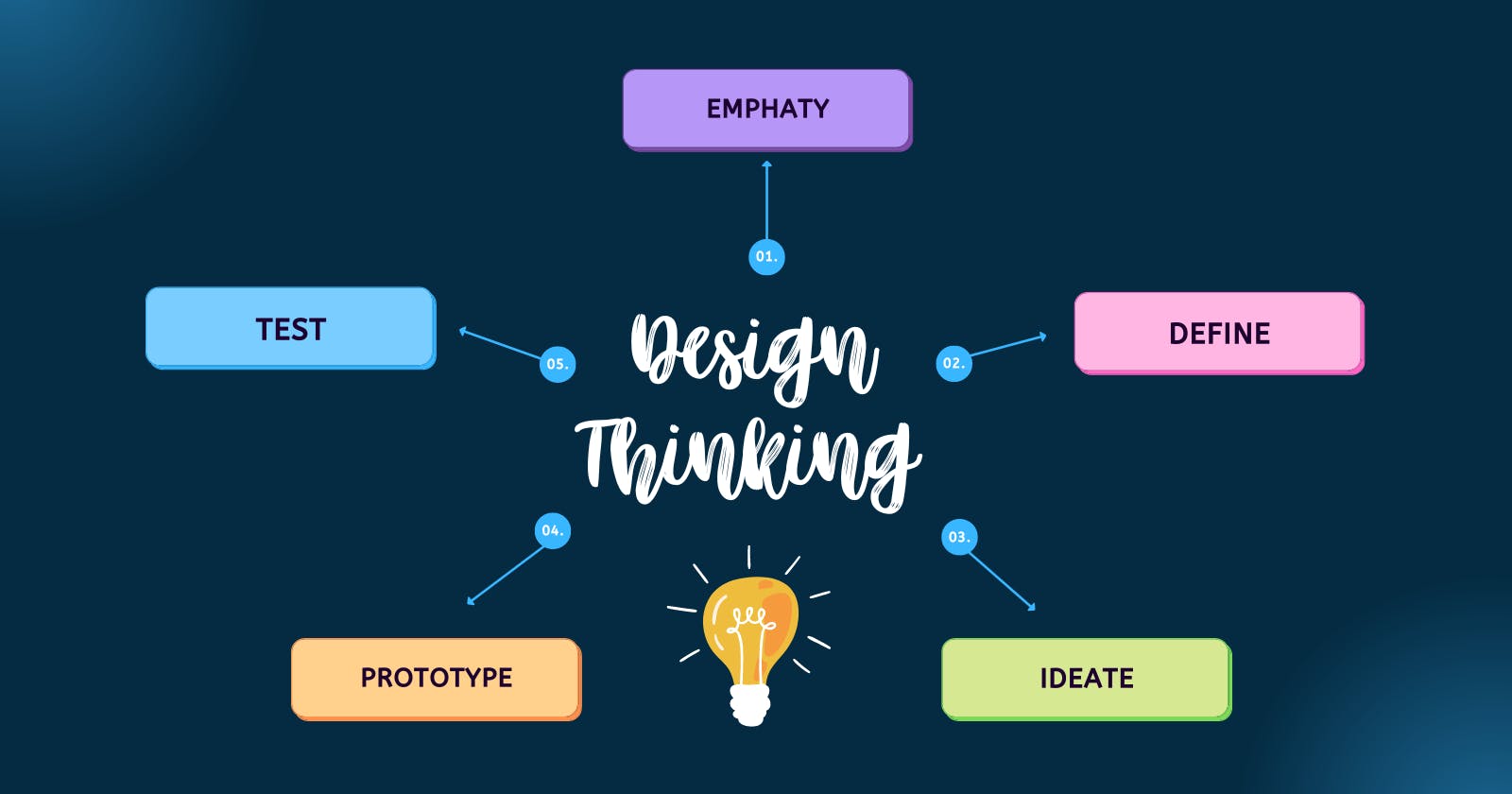Design Thinking Process
Unlocking Creativity and Innovation: A Guide to the Design Thinking Process
Table of contents
Design thinking is a methodology for developing innovative solutions that include empathizing with users, defining problems, brainstorming solutions, prototyping, and testing. In today's competitive business world, the success of a product is determined largely by how well it meets the needs of its users. User interface (UI) and user experience (UX) come into play here. The process of UI/UX design thinking assists designers in creating solutions that are intuitive, user-friendly, and aesthetically pleasing. In this blog post, we will go over the design thinking process in depth and how it applies to UI/UX design.
Empathy:
Empathy is the first stage of the design thinking process. This involves understanding the user's needs, wants, and pain points. It is important to put yourself in the user's shoes and understand their perspective. This is where user research comes into play. This stage is crucial because it lays the foundation for the entire design thinking process. This can be done through user research, surveys, interviews, and observation. By empathising with the user, you can gain insights that will inform the rest of the design thinking process and help create solutions that meet their needs.

Define:
Define is the second stage of the design thinking process. In this stage, designers use the insights gathered during the empathy stage to define the problem they are trying to solve. This involves synthesizing the information collected and identifying patterns and themes. A clear problem statement is essential as it guides the design process and ensures that the solution addresses the user's needs. This stage sets the foundation for ideation, prototyping, and testing.
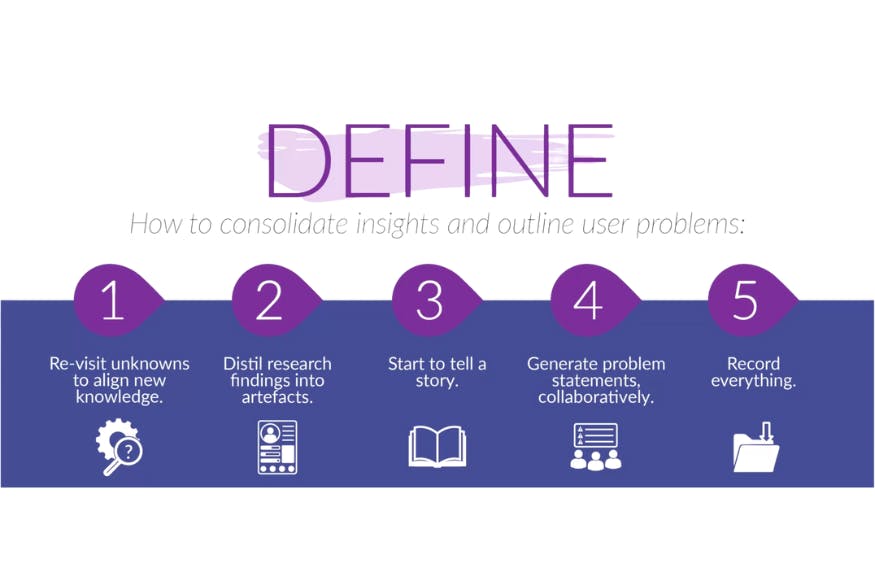
Ideate:
Ideate is the third stage of the design thinking process. In this stage, designers brainstorm and generate a wide range of potential solutions to the problem identified in the Define stage. The goal is to come up with as many ideas as possible without any judgment or evaluation. This can be done through brainstorming sessions, mind maps, or other ideation techniques. The key is to encourage creativity and exploration. The ideas generated in this stage will be narrowed down and refined in the next stage.
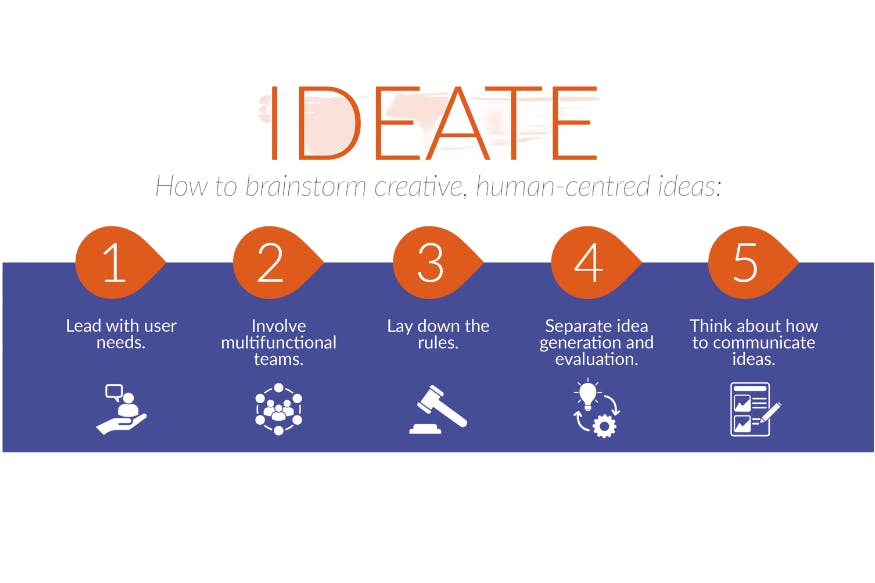
Prototype:
Prototype is the fourth stage of the design thinking process. In this stage, designers create tangible representations of their ideas generated in the Ideate stage. This can involve creating sketches, wireframes, or even physical prototypes. The purpose of prototyping is to test and refine the ideas generated in the previous stages. By creating prototypes, designers can get feedback from users and stakeholders, identify flaws, and refine their solutions. The prototypes may go through multiple iterations before a final solution is developed. It is crucial because it helps designers identify potential usability issues and refine the product before moving on to the next stage.
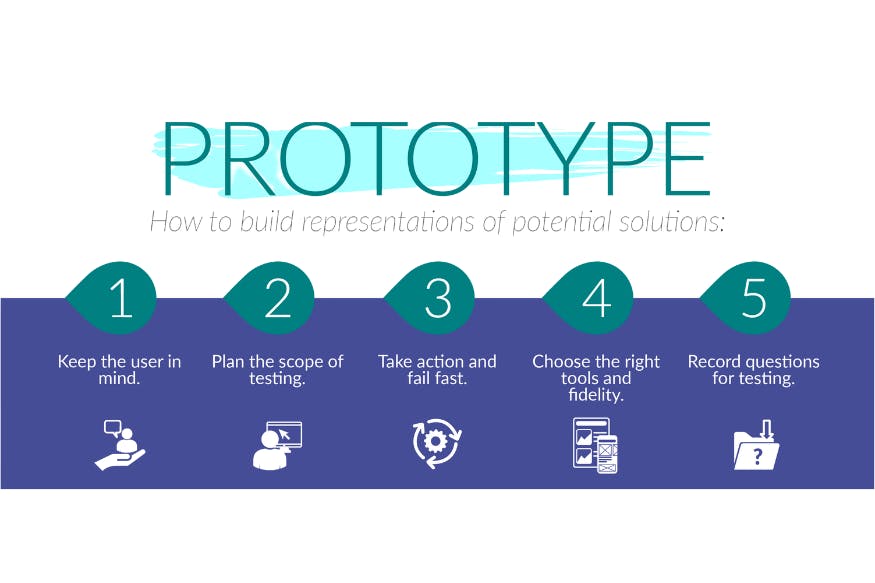
Test:
Test is the fifth and final stage of the design thinking process. In this stage, designers test and evaluate the prototypes created in the previous stage. This involves gathering feedback from users and stakeholders to assess the effectiveness of the solution in meeting the user's needs. The feedback collected is used to refine the solution and make necessary adjustments. This stage is important because it ensures that the final product meets the needs of the user and is ready for launch. Designers can use various testing methods, such as A/B testing, usability testing, and user acceptance testing, to ensure that the final product is of high quality.
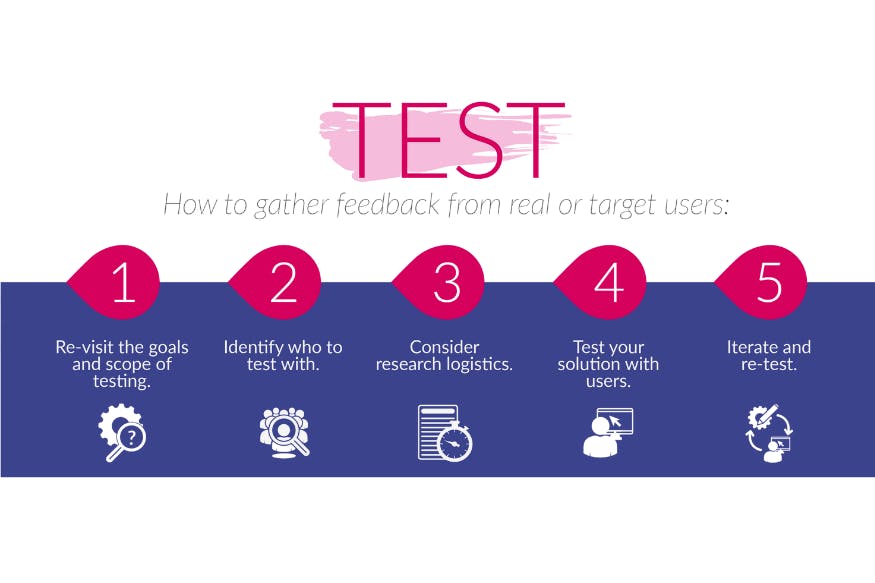
Conclusion:
In conclusion, the design thinking process is a powerful methodology for developing innovative solutions that meet the needs of users. It involves empathising with users, defining problems, brainstorming solutions, prototyping, and testing. Each stage of the process is important and builds upon the previous stage. By following the design thinking process, designers can create solutions that are intuitive, user-friendly, and aesthetically pleasing. This leads to better products, improved user satisfaction, and increased business success.
Feel free to connect with me on Linkedin💙
